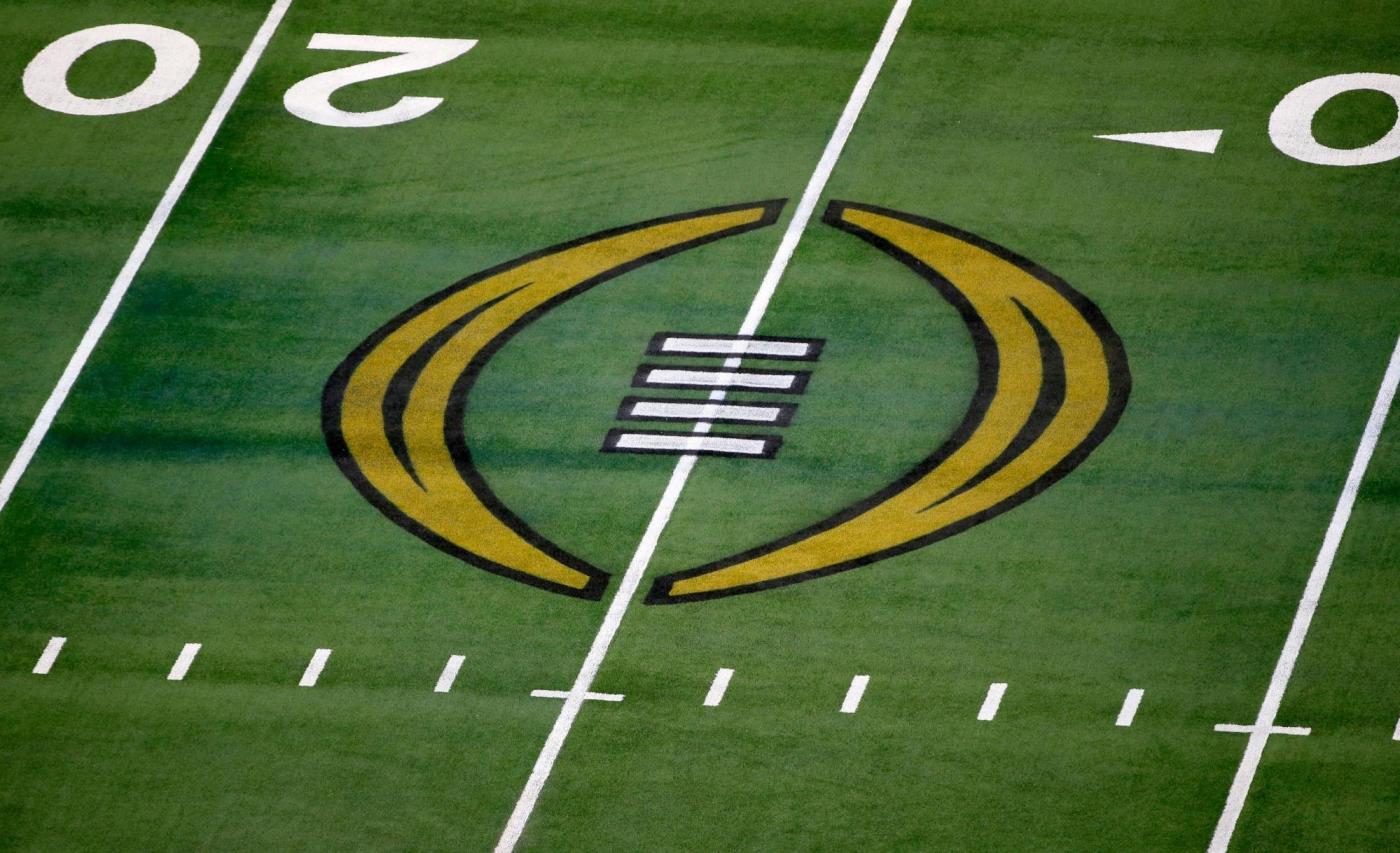The NCAA just completed a week of unprecedented change, with its century-old economic model obliterated by the settlement terms of an antitrust lawsuit.
But House v. NCAA wasn’t the only news story of the past five days.
Here’s a recap of developments that impact schools throughout the Pac-12 footprint and across the country …
1. House v. NCAA settlement
The skinny: The NCAA and the five power conferences on Thursday approved the settlement terms of a landmark multi-billion dollar antitrust case that ends amateurism in college sports.
The impact: Arguably the most significant change in NCAA history, the House case will generate about $2.8 billion in backpay for former athletes and force schools to share as much as $20 million (approximately) in revenue annually with current and future athletes.
Additionally, roster sizes will be expanded in certain sports, adding another $10 million in expenses for athletic departments that already struggle to balance their budgets.
The changes could be implemented by the fall of 2025.
Many unknowns remain, including the impact of the settlement on Title IX and the way schools will distribute the revenue across their sports. (Football and men’s basketball players are expected to receive the majority.)
What’s abundantly clear, however, is the additional burden placed on fans.
Why? Because the settlement hooks the revenue-sharing amount to media rights contracts. As the cash flowing from the TV networks to the conferences increases each year, the revenue cap expands. The more money the schools bring in, the more they have to share with athletes.
As a result, the price of everything from season tickets to parking spaces will increase as schools scramble to cover the total cost of the settlement, which is expected to start at $30 million but will eventually climb.
And because the settlement does not impact name, image and likeness (NIL), the booster-run collectives that dominate recruiting will continue to function — and seek cash from donors.
2. Pac-12 financial report
The skinny: The conference released its tax filings for the 2023 fiscal year on Thursday. As you might expect, the results were not good.
The impact: In contrast to its peer leagues, which distributed more to their campuses than they did in 2022, the Pac-12’s payouts actually dropped by 9.1 percent year-over-year: from $37 million to $33.6 million.
Meanwhile, The Big Ten paid an average of $60.5 million to its longstanding members last year, while the SEC spun off $51.3 million, the ACC paid $44.8 million and the Big 12 distributed $44.2 million, according to USA Today.
The decline in Pac-12 distributions was the result of Comcast withholding payments to the Pac-12 Networks in order to offset the amount it overpaid over the course of a decade.
In other words, the schools suffered because of terrible management at the conference level.
However, the former commissioners did quite well for themselves.
Larry Scott received $3 million in severance pay (over two years), and George Kliavkoff took home $4 million in salary, including a $500,000 bonus paid during the calendar year (2022) in which USC and UCLA fled to the Big Ten.
All in all, Scott and Kliavkoff received about $57 million in combined salary over the course of their tenures while steering the conference to extinction.
3. TNT joins the CFP
The skinny: ESPN announced on Wednesday that it has sub-licensed a handful of College Football Playoff games to TNT, beginning with the upcoming season.
The impact: The five-year deal does not alter the structure of the expanded playoff, which will feature 12 teams in the 2024-25 seasons and possibly more starting in 2026, when a new format could be implemented.
However, the partnership brings a second media partner into the sport’s premier event and raises the prospect of a studio show comparable to ‘Inside the NBA,’ with Charles Barkley waxing poetic on fourth-down decisions and targeting penalties.
TNT will broadcast two opening-round games next season (Dec. 20-21) and eventually show quarterfinal matchups, as well.
4. Fox swallows Fridays
The skinny: It was easy to miss given all the developments, but Fox unveiled a stellar lineup of Friday matchups for the upcoming season.
The impact: The strategic shift is suboptimal for fans planning to attend the games in person given the travel and logistical hurdles. Anyone planning to catch the action at home might welcome the move to weekly Friday broadcasts.
As expected, the West Coast teams entering the Big Ten are featured prominently: Washington, Oregon and UCLA will play two conference games on Fridays (one home, one on the road), while USC will play one.
Related Articles
Mailbag: Power Five payouts (by percentage), Big Ten biz matters, what the House case means for WSU and OSU and more
Pac-12 presidents, NCAA approve landmark deal to pay college athletes, settle House lawsuit
Pac-12 tax filings: Revenue jumps in FY23, but Comcast mess wallops campus distributions
Pac-12 recruiting: Cal and UCLA roll on, Oregon State comes alive and Stanford goes national
House v. NCAA lawsuit: Pac-12 presidents (yes, all 12) expected to approve massive settlement, revenue-sharing plan
The road challenge is particularly steep for the Pacific Northwest schools. The Huskies head all the way to Rutgers six days after their Big Ten opener, at home against Northwestern, while the Ducks visit Purdue after their home game against Ohio State.
Fox’s tactics are clear: Fill a void in the college football viewing calendar and create synergy between the Friday night game and its marquee matchup scheduled for 12 p.m. Eastern on Saturday.
5. PE enters the fray
The skinny: Two private investment firms, RedBird Capital Partners and Weatherford Capital, announced on Wednesday the creation of Collegiate Athletics Solutions (CAS), a platform designed to provide cash to financially strapped athletic departments.
The impact: The frontman for the operation is former Florida State quarterback Drew Weatherford, who reportedly has pitched dozens of schools on the benefits of using private capital.
Weatherford told Yahoo that his venture is not seeking ownership in athletic departments but, rather, offering an infusion of cash — a loan, essentially. In return, CAS would receive a percentage of any revenue growth.
The Hotline hasn’t confirmed any conversations between CAS and Pac-12 athletic departments, but Colorado and Arizona certainly seem like potential candidates given their heavy reliance on university support. (Arizona president Robert Robbins has acknowledged interest in the option.)
That said, numerous college sports officials are wary of private capital entering the industry.
*** Send suggestions, comments and tips (confidentiality guaranteed) to pac12hotline@bayareanewsgroup.com or call 408-920-5716
*** Follow me on Twitter/X: @WilnerHotline
*** Pac-12 Hotline is not endorsed or sponsored by the Pac-12 Conference, and the views expressed herein do not necessarily reflect the views of the Conference.












